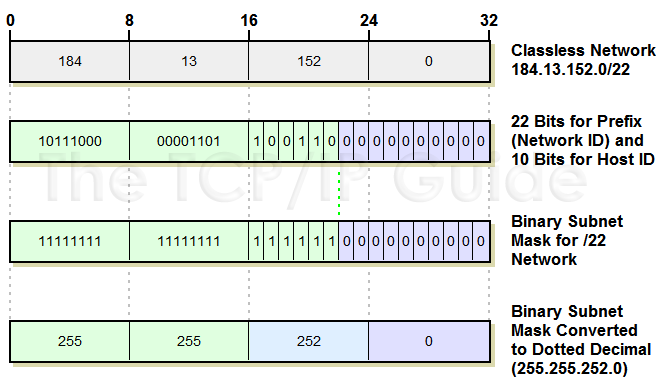 |
|
Please Whitelist This Site?
I know everyone hates ads. But please understand that I am providing premium content for free that takes hundreds of hours of time to research and write. I don't want to go to a pay-only model like some sites, but when more and more people block ads, I end up working for free. And I have a family to support, just like you. :)
If you like The TCP/IP Guide, please consider the download version. It's priced very economically and you can read all of it in a convenient format without ads.
If you want to use this site for free, I'd be grateful if you could add the site to the whitelist for Adblock. To do so, just open the Adblock menu and select "Disable on tcpipguide.com". Or go to the Tools menu and select "Adblock Plus Preferences...". Then click "Add Filter..." at the bottom, and add this string: "@@||tcpipguide.com^$document". Then just click OK.
Thanks for your understanding!
Sincerely, Charles Kozierok
Author and Publisher, The TCP/IP Guide
|
|
|

Custom Search
|
|
IP "Supernetting": Classless Inter-Domain Routing (CIDR) Hierarchical Addressing and Notation
(Page 2 of 4)
CIDR ("Slash") Notation
Just as subnetting required the use of a subnet mask to show which bits belong to the network ID or subnet ID and which to the host ID, CIDR uses a subnet mask to show where the line is drawn between host ID and network ID. However, for simplicity, under CIDR we don't usually work with 32-bit binary subnet masks. Instead, we use slash notation, more properly called CIDR notation. In this method, we show the size of the network, sometimes called the prefix length, by following an IP address by an integer that tells us how many bits are used for the network ID (prefix).
|
For example, consider the network specification 184.13.152.0/22. The “22” means this network has 22 bits for the network ID and 10 bits for the host ID. This is equivalent to specifying a network with an address of 184.13.152.0 and a subnet mask of 255.255.252.0, as you can see in Figure 82. This sample network provides a total of 1,022 hosts (210 minus 2). The table in the following topic shows all the different possible network sizes that can be configured under CIDR.
|
|
|
| |||||||||||||||||||
Home - Table Of Contents - Contact Us
The TCP/IP Guide (http://www.TCPIPGuide.com)
Version 3.0 - Version Date: September 20, 2005
© Copyright 2001-2005 Charles M. Kozierok. All Rights Reserved.
Not responsible for any loss resulting from the use of this site.







 Key Concept: Since there are no address classes in CIDR, one cannot tell the size of the network ID of an address from the address alone. In CIDR, the length of the prefix (network ID) is indicated by placing it following a slash after the address. This is called CIDR notation or slash notation.
Key Concept: Since there are no address classes in CIDR, one cannot tell the size of the network ID of an address from the address alone. In CIDR, the length of the prefix (network ID) is indicated by placing it following a slash after the address. This is called CIDR notation or slash notation.
 Note: You may recall my mentioning that under “classful” subnetting,
Note: You may recall my mentioning that under “classful” subnetting,